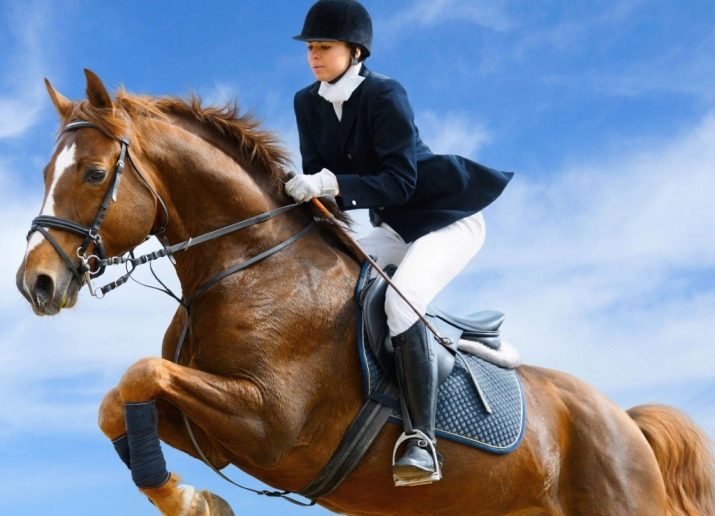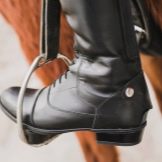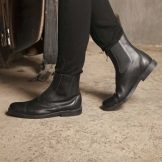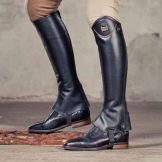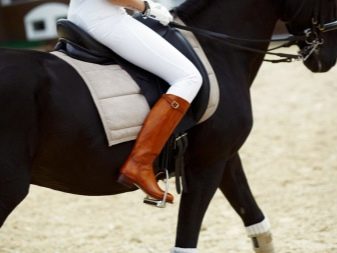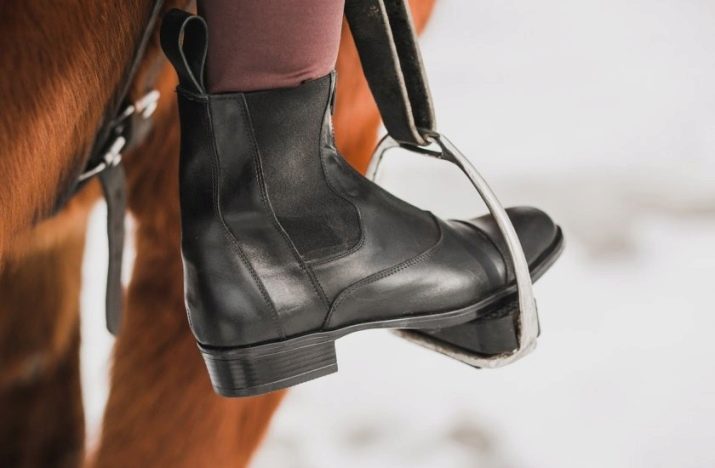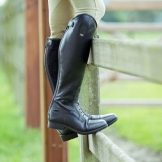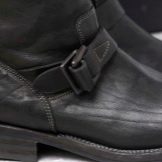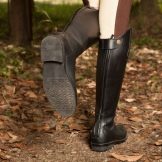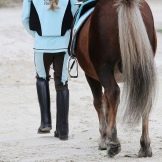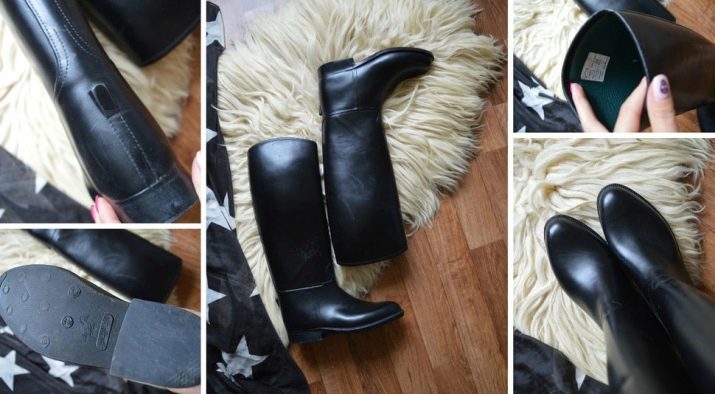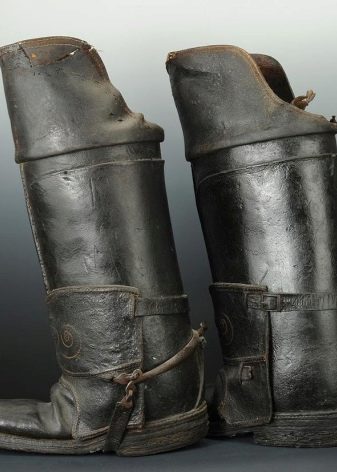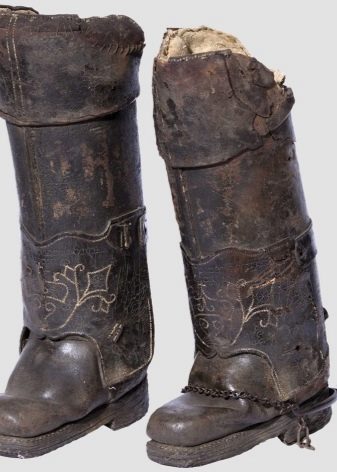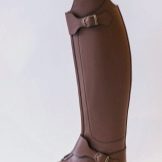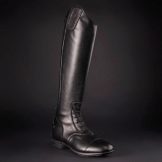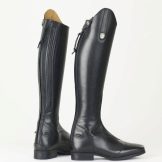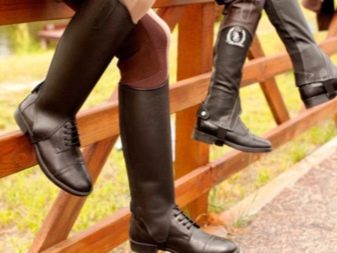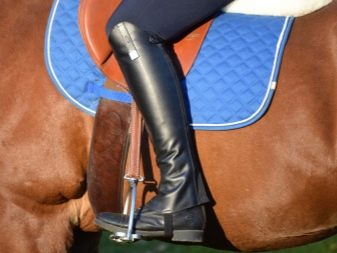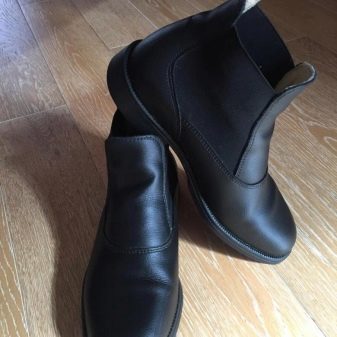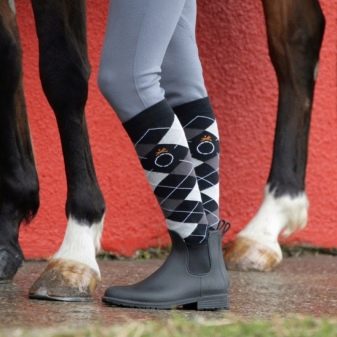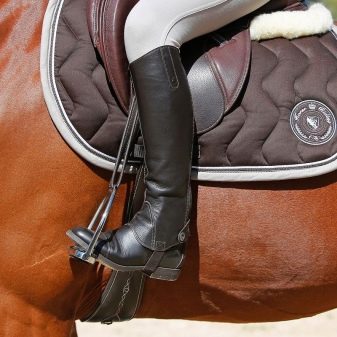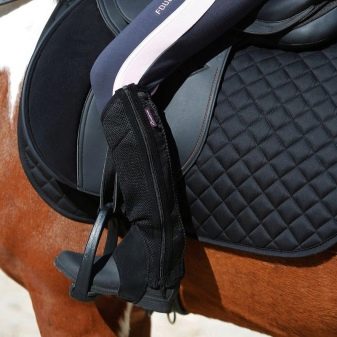Any sport includes a certain set of attributes, including equipment. It usually has specific features, as it is designed taking into account the characteristics of the sports process and the tasks it is intended to perform.
Riding is distinguished by high risks and traumatic risks, so the safety of the rider is important here, as well as maintaining the health of the horse. For this, it is especially important to pay attention to protective accessories and, in particular, to boots.
Boots - the most suitable shoes
The legs are the part of the human body that plays an important role in equestrian sports. The only support for the legs at the same time are the stirrups, and they must be kept in order not to fall from the horse. For this and in general, a comfortable ride, it is important to choose the most suitable shoes. The experience of a thousand-year history of riding has shown that boots here are best suited.
This is explained by the fact that boots with high shafts are best protected from dislocations. And to tuck the leg, riding a horse, climbing on it or going down, you can very easily. Especially if you are just starting to engage in equestrian sports. In addition, the boots traditionally protect the feet from dirt, the spray of which is inevitable.
And in a swampy or simply rainy area with lots of puddles, the rider may need to go down to the ground where it is very dirty or wet.
However, it is possible to choose in favor of shoes that do not cover the tops. In general, this is not forbidden, but it is worth weighing the pros and cons or stock up on leggings, as an almost full-fledged alternative to boots. They do not protect against puddles, but can prevent the feet from rubbing against stirrups. And those and others do not have significant differences in age or gender group, therefore women's and men's boots rarely differ from each other.
How to choose
It is riding we owe the appearance of heels on shoes. Initially, they served to keep the stirrups under the foot.
Now it is no less relevant, so professional equestrian boots usually have a small heel.
As a budget option of the same plan, you can pick up regular leather or rubber boots. However, this is not suitable for any. Riding boots must meet the following criteria:
- wide heels;
- heel height - no more than 2 cm;
- bootleg to knee;
- no lightning.
Horse riding definitely have to forget about heels or even just high heels. It may seem that the higher the heel, the easier it is to stay in the stirrups, but it is not. The long heel can not withstand the load and break, even if it is not very thin. Moreover, if this happens during the ride, you can get injured due to the fact that the foot sharply leaves forward, and at the same time there is a risk of falling altogether.
In addition, with long heels it is very inconvenient to climb and descend from a horse, and sharp studs can injure a horse.
Mandatory boots should not close the knees. Riding is an almost constant position of the legs bent at the knees. Too high boots are guaranteed to interfere with driving. The exception is a rather soft and flexible material or an open heel of the top of the boot, but it is difficult to find such models and usually this is not justified by anything. Historical cavalry boots are very different in design from modern women - they just open the back of the knee (for example, Russian), or the upper part is much wider and freer than the rest (Spanish).
Boots on the open snake here categorically do not fit. Any lightning is a risk to catch on stirrups or to injure an animal, especially if you are new to horse riding. But the model of boots, where the zipper is closed with a special valve - the solution is very suitable. Professional boots are usually equipped with such a valve with velcro or buttons (the latter is more reliable), and you should focus on them.
Everyday models in which the valve is not fixed in any way retain the risk of opening the zipper and injuring the rider or horse.
Alternative to boots
As mentioned above, if you wish, you can do without boots, but here you should follow all the same principles and safety measures. From this directly depends on the life and health of both your and your horse.
Boots
If boots with lacing are not very convenient, as they are worn and removed for a long time, then in the case of boots, lacing is simply obligatory. It is worth clarifying here that The mountaineering version with hooks does not fit at all, as these metal parts can cling and be injured.
But the usual hiking boots - quite comfortable and budget option. They come in, including from waterproof materials, which is very convenient in a humid climate and off-road. For the cold season it is worth to stock up on a winter model with insulation.
Leggings
Sometimes leggings are called riding shoes, but this is not true. Gaiters is a universal name for the arms and legs, which are designed to protect them from external factors (manual leggings for riding are irrelevant if you do not plan to combine it with archery). Their simpler than shoes, pick up on your size or fit under it, and a wide selection includes various models, including children.
Gaiters for equestrian sports are most often made of leather or very dense fabric (for example, suede). This is necessary so that they can be a full-fledged replacement of the high bootleg. They also need to keep the leg, which can easily bully or twist during the ride.
In general, leggings bundled with shoes are usually cheaper than boots, so they can be a good alternative.
Review riding boots in the next video.

